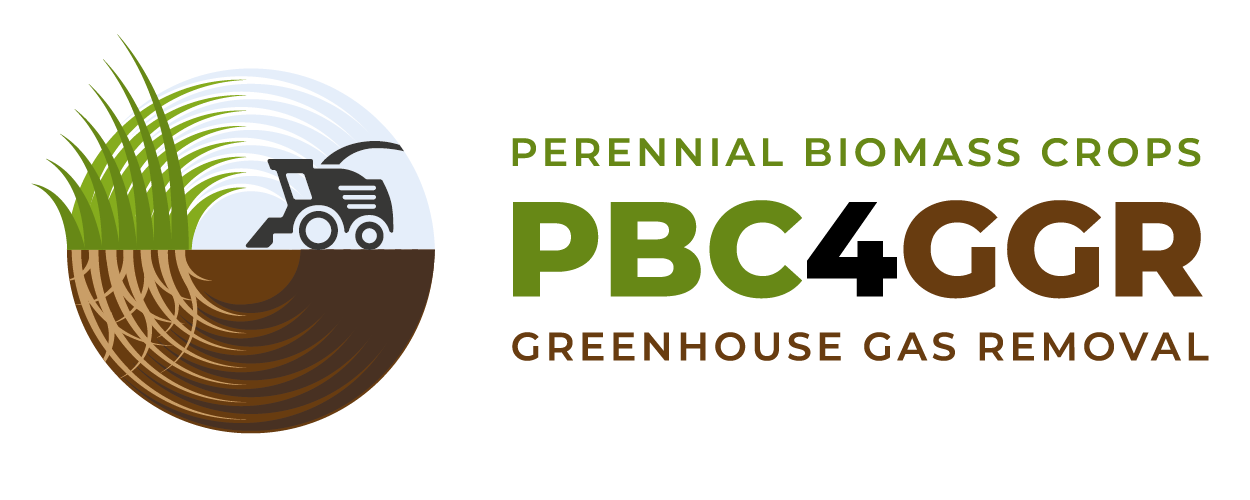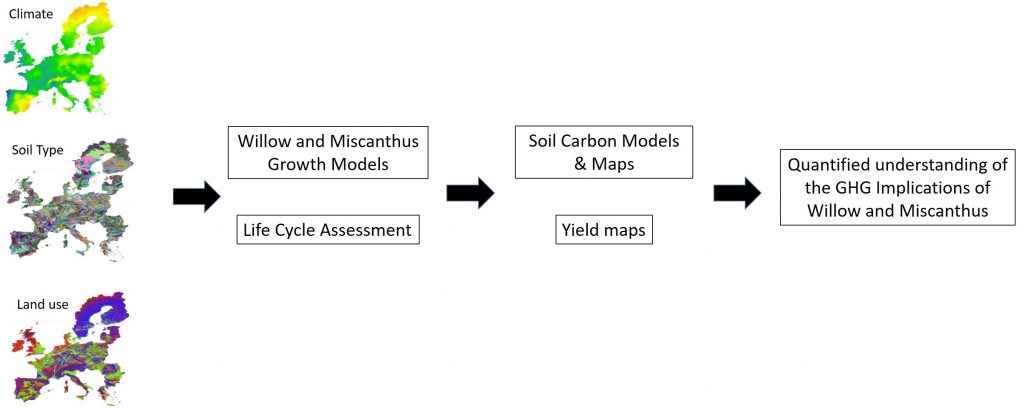Where we plant perennial biomass crops is determined by factors such as land and climate suitability and proximity to end markets. We shouldn’t plant biomass crops on deep peat, on land that has high existing biodiversity value, or on soils that are much more suited to growing food crops. We also need to balance competing land uses across agriculture and forestry in order to develop an integrated biomass and land use policy.
The major end market for perennial biomass crops at present is combustion in electricity generating power stations. As the UK transitions to net zero carbon, more of these will be fitted with carbon capture technology. If this carbon is to be put into geological storage, the availability of this storage will impact on the location of power stations, and in turn on where it makes sense to grow perennial biomass crops.
In order to facilitate the integration of land use policy with energy policy we will develop a range of models to investigate these issues, including spatial models of yields depending on location, climate and soil type, and models comparing the potential greenhouse gas removal from biomass crops compared to new forests.

